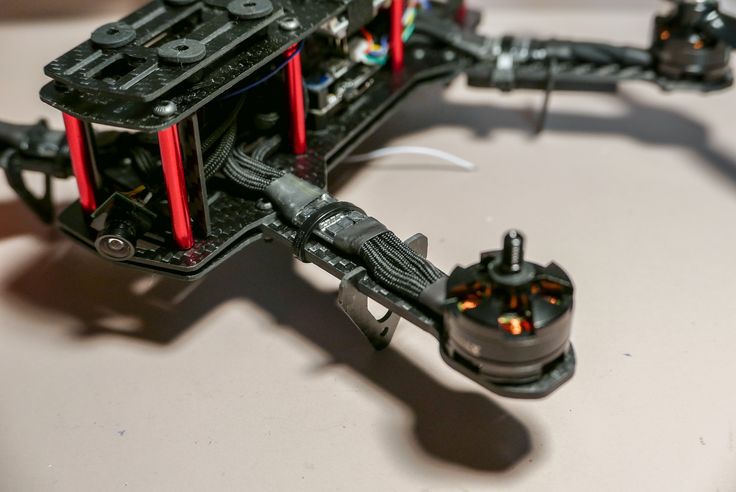Introduction
In the ever-evolving world of robotics, reliable and efficient connectivity is crucial for seamless operation. Robotics cable assemblies play a vital role in ensuring smooth communication between different components, delivering power, and facilitating signal transmission. As automation continues to expand across industries such as manufacturing, healthcare, and automotive, the demand for high-performance robotic cable assemblies has surged.
Key Characteristics of Robotics Cable Assembly
Robotic applications demand specialized cables that can withstand extreme conditions while maintaining flexibility and durability. Some essential characteristics of robotics cable assemblies include:
- High Flexibility and Bend Resistance
- Robotic cables must endure millions of bending cycles without failure.
- Use of highly flexible materials like TPE or PUR for insulation and sheathing.
- Torsional and Continuous Motion Resistance
- Designed to handle multi-axis movement, ensuring long service life.
- Often reinforced with aramid or Kevlar for added strength.
- Shielding for Signal Integrity
- Essential to protect against electromagnetic interference (EMI) in industrial environments.
- Shielded cables maintain data integrity in high-noise areas.
- High Temperature and Chemical Resistance
- Robotics operate in harsh conditions, requiring cables resistant to heat, oils, and chemicals.
- Common materials include fluoropolymers, silicone, and polyurethane.
- Miniaturization for Compact Designs
- Increasing use of micro coaxial cables in robotic applications where space is limited.
- Enables lightweight, high-speed signal transmission in robotic arms and medical robots.
Types of Robotics Cable Assemblies
Depending on the specific application, different types of cable assemblies are used in robotic systems:
- Power Cables – Deliver electrical power to motors, actuators, and sensors.
- Signal Cables – Transmit control signals between sensors, controllers, and computing units.
- Data Cables – Used for high-speed data transmission, including LVDS, USB, and Ethernet cables.
- Hybrid Cables – Combine power, signal, and data transmission into a single cable to reduce weight and complexity.
- High-Frequency Coaxial Cables – Essential for advanced robotic vision systems and high-speed communication.
Applications of Robotics Cable Assembly
Robotics cable assemblies are integral to numerous industries, including:
- Industrial Automation: Used in robotic arms, conveyors, and CNC machinery.
- Medical Robotics: Enables precise control in surgical robots and diagnostic equipment.
- Automotive Robotics: Supports automation in assembly lines, welding robots, and AGVs.
- Aerospace & Defense: Used in unmanned vehicles, drones, and robotic inspection systems.
- Logistics & Warehousing: Powers automated guided vehicles (AGVs) and robotic sorting systems.
Choosing the Right Robotics Cable Assembly
When selecting a cable assembly for a robotic system, key factors to consider include:
- Flexibility and endurance requirements
- Environmental resistance (temperature, moisture, chemicals, etc.)
- Signal integrity and EMI shielding needs
- Connector compatibility and integration
- Compliance with industry standards (UL, CE, RoHS, etc.)
Future Trends in Robotics Cable Assemblies
With advancements in automation and Industry 4.0, the future of robotics cable assemblies will see:
- Increased use of fiber optics for ultra-fast data transmission.
- Development of self-healing cables to enhance durability.
- Smaller, more lightweight designs for compact robotic applications.
- Integration of smart cables with built-in diagnostics for predictive maintenance.
Conclusion
Robotics cable assemblies are the lifeline of modern robotic systems, ensuring efficiency, reliability, and precision. As robotics technology continues to advance, so too will the innovations in cable assemblies, making them more durable, intelligent, and capable of meeting the demands of next-generation automation.




